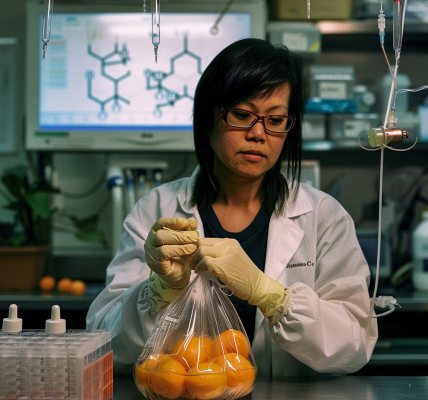Children and teens are often prescribed antibiotics for pink eye, a condition that typically resolves on its own without the need for medication, according to a recent study published in JAMA Ophthalmology.
Pink eye, or conjunctivitis, is a common inflammation of the eye that affects many young individuals in the United States each year. Despite the viral nature of the condition, antibiotics are frequently prescribed, raising concerns about the overuse of these drugs and the development of antibiotic-resistant infections.
Researchers from the University of California, San Francisco, and Harvard, led by Dr. Daniel J. Shapiro, found that approximately two-thirds of children and teens treated for pink eye in 2021 were given antibiotics, even though antibiotics are ineffective against viral infections like conjunctivitis.
The American Academy of Ophthalmology recommends against the use of antibiotics for pink eye, suggesting that simple remedies like cold compresses and artificial tears can help alleviate symptoms and allow the virus to run its course naturally. Mild bacterial infections also tend to clear up without the need for medication.
Dr. Shapiro’s study analyzed insurance claims data from 45,000 young patients diagnosed with acute infectious conjunctivitis. It revealed that 69% of these children received antibiotic drops or ointments for pink eye, with a higher likelihood of antibiotic prescriptions in doctor’s offices compared to emergency rooms.
The findings underscore the need for healthcare providers to follow evidence-based guidelines and avoid unnecessary antibiotic treatments for conditions like pink eye. Overprescribing antibiotics not only fails to improve patient outcomes but also contributes to the growing problem of antibiotic resistance.





